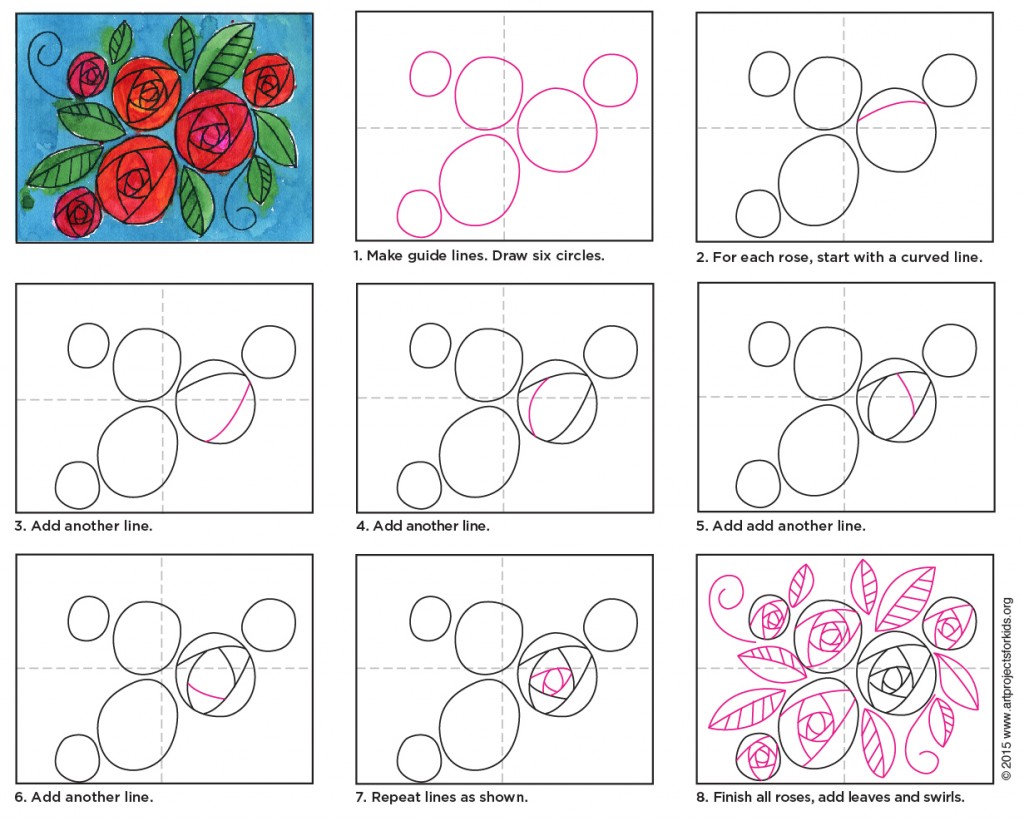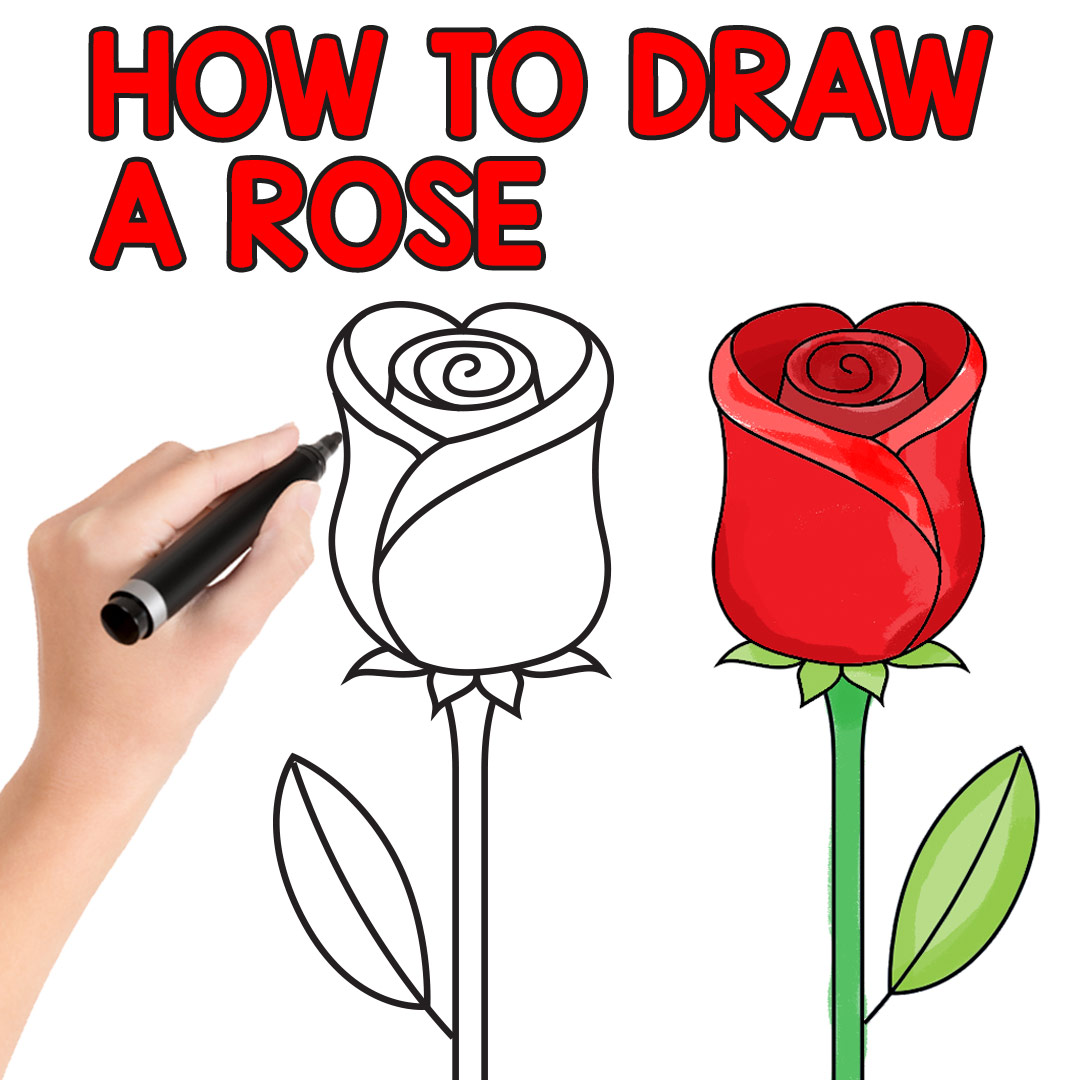
Make a beautiful flower card using recycled paper that you paint on. Our subscribers' grade-level estimate for this page: Today's featured page: George Washington, A Printable Book University of California-Davis, “ Softwood Rose Cuttings," UC Division of Agriculture and Natural Resources.Flowers at Advertisement.Į is a user-supported site.Īs a bonus, site members have access to a banner-ad-free version of the site, with print-friendly pages.įlowers: Draw and Write 3 Things - Printable Worksheet. RootBoost is a trademark of Tech Pac, L.L.C.ġ. GardenTech is a registered trademark of Gulfstream Home and Garden, Inc. RootBoost™ and GardenTech® brands are here to help you learn and succeed in all your gardening projects, so you can experience all the joys of gardening.Īlways read product labels thoroughly and follow instructions carefully. Some roses root easier than others - old-fashioned heirloom types often root better than modern hybrids - but don't let that keep you from trying your hand at replicating garden favorites and sharing your love of roses and gardening with family and friends. Once roots are established and plants show strong new growth, you can transplant your new roses to more permanent garden homes. A gentle fish- or kelp-based fertilizer during this time provides beneficial nutrients. You'll feel a slight resistance as the new roots form and grow into the soil. 1 To test their progress, tug very gently on the cuttings. Most softwood rose cuttings will root within 10 to 14 days. Be sure the plastic doesn't rest on your cuttings. Mist and water your cuttings, as needed, so they stay hydrated and soil stays moist. If your cuttings are in containers, just insert a few decorative twigs around the edge for support and fit a clear plastic bag over the top. Your mini hothouse will keep the humidity high inside. Water the soil regularly to keep it moist, but not soggy. A clear plastic bottle with the bottom cut out and the cap removed works, too. Just place a bell jar, a garden cloche or an overturned mason jar over the cutting. In a garden bed, a simple DIY mini greenhouse does the trick. While your cuttings take root, keep them covered and moist. Stick the cutting into the hole so its bottom half and at least two nodes are covered, 1 and then firm the soil around it.Make it big enough so you can insert the cutting without brushing off the hormone. Use a stick or pencil to make a planting hole 3 to 4 inches deep in your rooting bed or container.Moisten the cutting's bottom half, and dip it into the rooting hormone until covered.Pour only what you need, and discard the excess when you're done. Pour a small amount of RootBoost™ rooting hormone into the dish.1 This helps cuttings root and helps you gauge their progress. Remove all the leaves except one set at the top of each cutting.Cut each stem into 6- to 8-inch lengths, so that each cutting has four “nodes" - that's where leaves emerge on stems.Cut at a 45-degree angle, right above the first set of leaves at the top and again above the last set of leaves at the stem's bottom. Choose a stem or stems between a withered bloom and the rose's woody base.Take rose cuttings from strong, healthy plants during morning hours, when they're well hydrated. A small stick or pencil to make planting holes.A small dish to hold the rooting hormone for dipping.A bucket of warm water, to keep cuttings moist.Don't base your timing strictly on a calendar look to your roses - and their fading blooms - instead.īefore you begin, gather these basic items: Weather and other factors can impact when softwood is ready for cutting, and southern regions are very different from northern growing zones. GardenTech® RootBoost™ Rooting Hormone helps grow new plants from cuttings fast on roses and other favorite plants like African violets, philodendrons, gardenias, coleus, hydrangeas and more. You can improve your success at any growth stage by treating cuttings with rooting hormone to stimulate root development and encourage growth. Hardwood cuttings, the slowest and most difficult to root, are taken in late fall or early winter, when the year's new stems have matured, hardened and entered dormancy.By this time, the firm stems may have rosehips forming where blooms appeared before.


Semi-hardwood cuttings are taken in late summer and early fall, when new stems have partially matured.Prime softwood cuttings come from pencil-size stems below rose blooms that have dropped their petals.




 0 kommentar(er)
0 kommentar(er)
